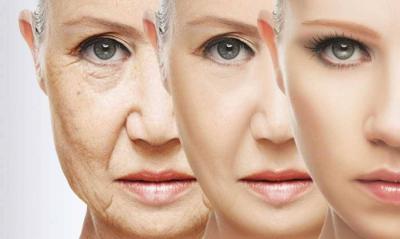Wrinkles are a warning sign of aging, but not everyone experiences them at the same rate. The first wrinkles may appear on some people in their early twenties, while others may maintain a youthful appearance well into old age. So, why do wrinkles form? Human skin is a complex organ, and many factors can affect its appearance, as explained by New York dermatologist Debra Galimann. The skin consists of multiple layers of tissue divided into three layers: the epidermis at the top, the dermis in the middle, and the hypodermis at the bottom.
The dermis, which is the "thicker" layer, contains nerves, blood vessels, sweat glands, hair follicles, and proteins that support the overall structure of the skin. Specifically, it predominantly consists of the fibrous proteins collagen and elastin. Wrinkles start to appear when these structural components of the dermis begin to deteriorate, a process widely known as skin aging. However, the exact timing of age-related wrinkles depends on a combination of factors, including genetics and a person's lifestyle, as Galimann states.
Generally, as we age, the number of skin cells that produce collagen and elastin, known as fibroblasts, begins to decline, and the remaining fibroblasts become less productive, according to Jenny Mansberg, a primary care physician in Sydney. As one gets older, the structural proteins in the skin are broken down by enzymes at a higher rate than in the past. Aging also causes the outermost layer of the skin, known as the stratum corneum, to thin.
Another aspect of aging that may contribute to wrinkle formation is cellular aging, where more "zombie" dead cells accumulate in the skin as one ages, leading to the release of chemicals that can deteriorate the structural components of the skin. Aging can occur due to inflammation and DNA damage, for example, according to a 2021 review published in Aging Research Reviews. The rate at which aging leads to wrinkle formation depends on additional factors, such as our genetic makeup.
Excessive sun exposure can accelerate skin aging because ultraviolet rays cause inflammation and DNA damage in skin cells, as Mansberg explains. Galimann also points out that exposure to air pollution and cigarette smoking can lead to wrinkle formation by stimulating oxidative stress, which is an imbalance between the production of harmful particles known as free radicals and their elimination.




